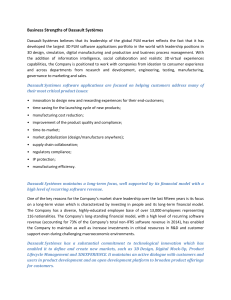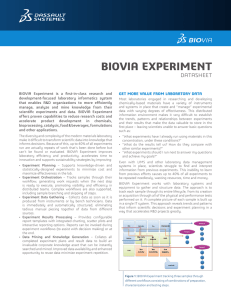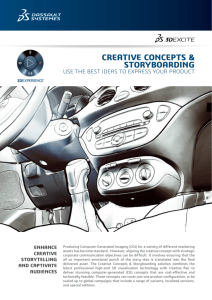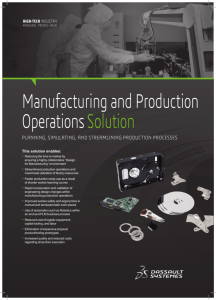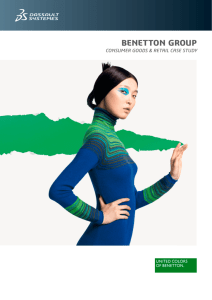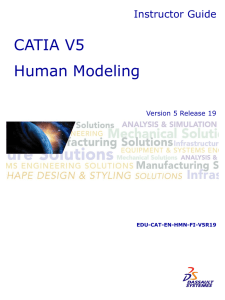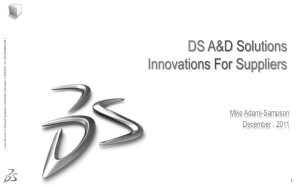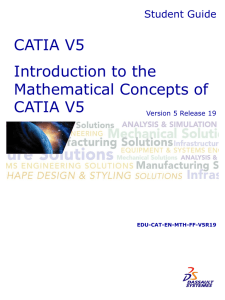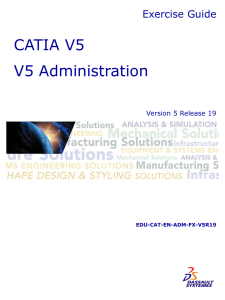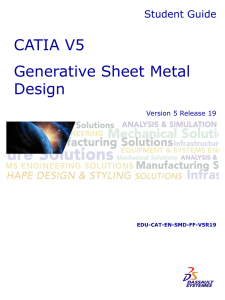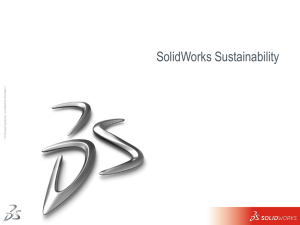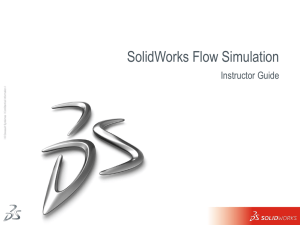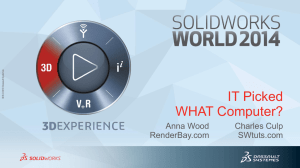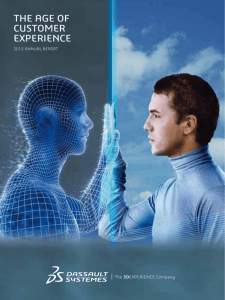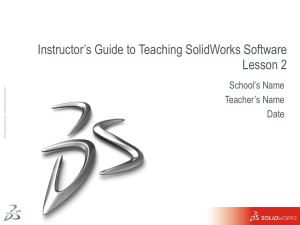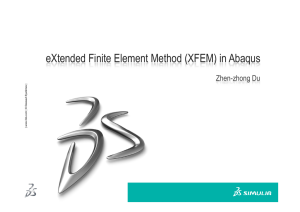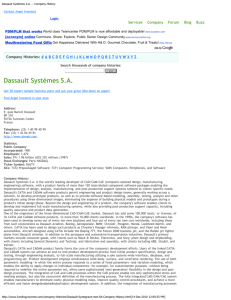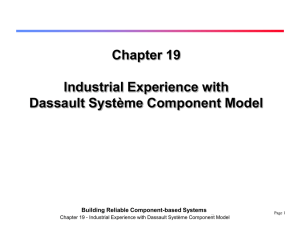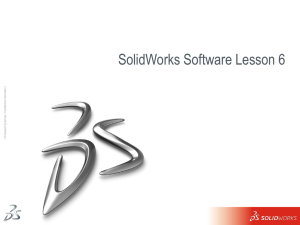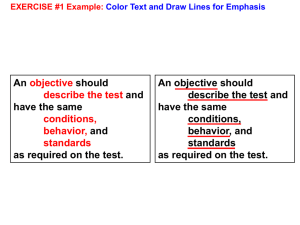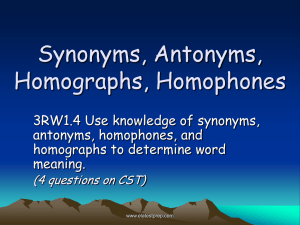On-Site WCM Training
advertisement
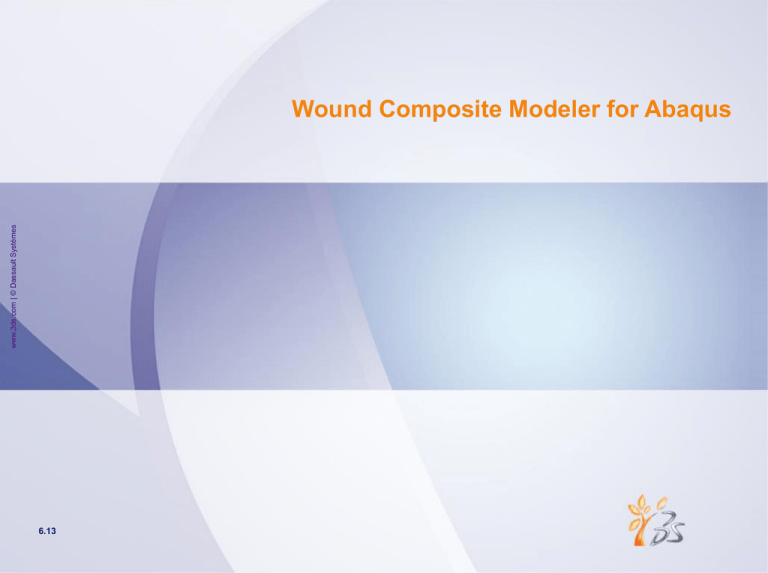
www.3ds.com | © Dassault Systèmes Wound Composite Modeler for Abaqus 6.13 About this Course Course objectives Composite Overwrapped Pressure Vessels (COPVs) are increasingly being used in industry applications where their reduced weight over metallic vessel alternatives are an advantage for high pressure fluid storage. Simulating COPV performance with finite element analysis is a challenge because of the complex material structures and time consuming model setup requirements. This seminar provides an introduction to COPV modeling using the Wound Composite Modeler for Abaqus (WCM). www.3ds.com | © Dassault Systèmes Course topics: Defining the liner (mandrel) geometry Generating composite layup for symmetric or unsymmetrical tanks Polar boss buildup controls Mesh partitioning and meshing of tank Material property generation and orientations Performing an autofrettage analyses Performing liner debonding analyses Automated tool for generating layer path plots Micro-mechanics module Targeted audience Simulation Analysts Prerequisites This course does not require previous experience with Abaqus and Abaqus/CAE, although it is recommended. www.3ds.com | © Dassault Systèmes Day 1 Lecture 1 Wound Composite Modeler for Abaqus Background of Composite Overwrapped Pressure Vessels (COPVs) Netting analysis Theory of composites for COPVs Introduction to Wound Composite Modeler Example finite element model Workshop 1: Generating 2D Wound Composite Models Lecture 2 Wound Composite Modeler and 3D models Step-by-Step 3D model building procedure Brick vs. cylindrical elements Workshop 2: Generating 3D Wound Composite Models Lecture 3 Wound Composite Modeler and Autofrettage Analysis What is autofrettage Plasticity basics in Abaqus Autofrettage in WCM Post-processing an autofrettage analysis Workshop 3: autofrettage Analysis Workshop 4: COPV Design Workshop 5: Buckling/Debonding Analysis Lecture 4 Wound Composite Modeler and Micro-mechanics Micro-mechanics basics Theory and load cases Day 2 and Day 3 Hands-On Model Building of Customer’s COPVs Import and mesh 2D and 3D customer liner geometry Convert winding table layup from CAD winding software into WCM www.3ds.com | © Dassault Systèmes Build 2D and 3D models Post-process 2D and 3D models www.3ds.com | © Dassault Systèmes Join the Community! Legal Notices The Abaqus Software described in this documentation is available only under license from Dassault Systèmes or its subsidiary and may be used or reproduced only in accordance with the terms of such license. www.3ds.com | © Dassault Systèmes This documentation and the software described in this documentation are subject to change without prior notice. Dassault Systèmes and its subsidiaries shall not be responsible for the consequences of any errors or omissions that may appear in this documentation. No part of this documentation may be reproduced or distributed in any form without prior written permission of Dassault Systèmes or its subsidiary. © Dassault Systèmes, 2013 Printed in the United States of America. Abaqus, the 3DS logo, SIMULIA, and CATIA are trademarks or registered trademarks of Dassault Systèmes or its subsidiaries in the US and/or other countries. Other company, product, and service names may be trademarks or service marks of their respective owners. For additional information concerning trademarks, copyrights, and licenses, see the Legal Notices in the Abaqus 6.13 Installation and Licensing Guide. www.3ds.com | © Dassault Systèmes Revision Status Lecture 1 8/13 Updated for 6.13 Lecture 2 8/13 Updated for 6.13 Lecture 3 8/13 Updated for 6.13 Lecture 4 8/13 Updated for 6.13
